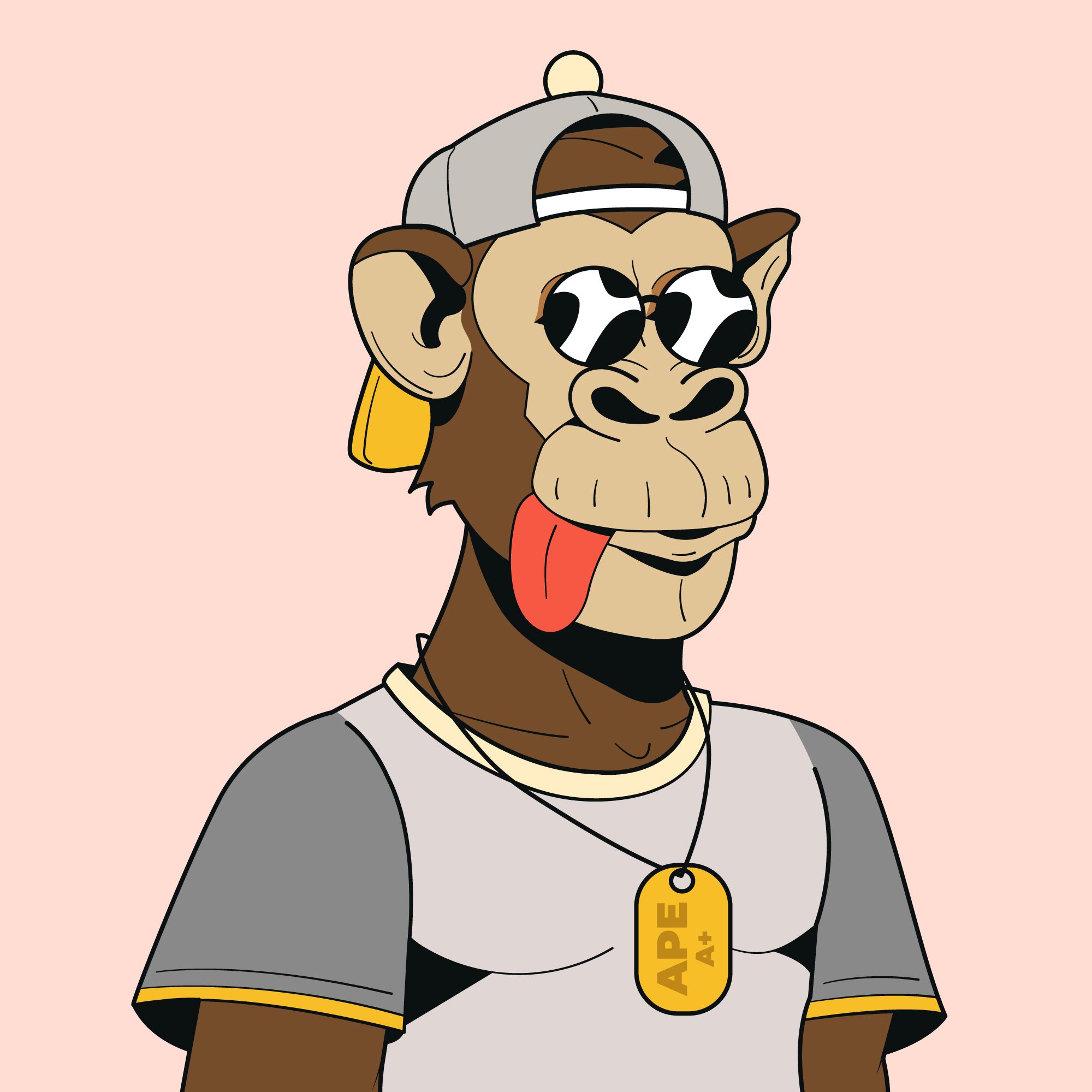A major driver of a good economy is the activities of small and medium enterprises. For these small and medium enterprises( SMEs) to thrive successfully and contribute heavily to the country’s GDP, they need access to as much liquidity (money) as possible.
The lack of liquidity for individuals to run businesses or fund projects was a huge problem until the money markets stepped in to mediate between the group of people with excess liquidity and the group who need liquidity.
The money market is any arrangement where lenders and borrowers of capital meet up to transact.
Since time immemorial, money markets have been the bane of economic activities and money circulation. However, the structure of money markets has changed with time, and their roles in the economy remain the same.
However, the decentralized money market is slowly taking over the space due to its decentralized and permissionless way of operation. Unlike the traditional money market which is regulated by an entity, the decentralized money market is run by a smart contract in the blockchain.
This article will elucidate the meaning of a decentralized money market and how it works.
What Is A Money Market And How Does It Work?
A money market is not so different from the goods market where buyers and sellers of goods and services come together to exchange their commodities.
While the goods market deals with goods and services, the money market deals exclusively with money, accepting deposits from lenders and giving out the deposits to borrowers with interest.
Originally, the money markets had a centralized setting which supervised and controlled the activities between lenders and borrowers of funds.
Lenders deposit a certain amount of capital in the money markets for a certain amount of interest on their savings while borrowers would approach money markets to get a short-term loan. These loans are often backed by collateral from the borrower which has the same value as the loan. This ensures the security of the loan, such that the collateral can be used to recover the loan in case the borrower fails to pay.
Borrowers pay interest to the lenders of the capital through the money markets and also a fee to the money market (for facilitating the deal).
The interest paid for the capital borrowed, helps the money market cover its operation costs and also provides more liquidity for the lenders who lent the capital.
Traditional money markets have served their purpose perfectly except that there’s a problem with their centralized nature.
The centralized nature of the market gives a single entity the power to influence the market whenever it chooses.
They can even siphon the money in their custody and raise the interest rate as they wish.
However, the decentralised money market uses a completely different approach to managing funds and decision-making.
What Is A Decentralized Money Market And Does It Work?
A decentralized money market is one that is not being controlled by any entity like the traditional money market.
The decentralized money market is controlled and run by a smart contract on blockchain technology. The smart contract cannot be interfered with by humans which makes it decentralized.
The market is managed by a global community of stakeholders through a highly decentralized network of nodes.
A good example of a decentralized money market is the money market Fringe Finance ($FRIN) which unlocks the dormant capital on all-tier cryptocurrency assets by rolling out collateralized loans.
The platform allows anyone to lend extra funds and earn interest. People can also use altcoins as collateral to take stablecoin loans.
In a decentralized money market, lenders and borrowers operate in the blockchain through a running programme code controlled by decentralized nodes. This eliminates the presence of the governing entities and makes transactions neutral and fair.
Benefits Of Decentralized Money Market
Even though the centralised money market has been the driver of economic growth by providing liquidity to those in need, there are a good number of benefits the decentralized have over the traditional money market.
1. It Doesn’t Need Permission:
A decentralized money market doesn’t require users to seek permission before engaging in any money market activity, unlike the traditional money market which controls how users lend and borrow money.
The decentralized protocols are imbued with an inherent censorship-resistant structure.
2. Non-custodial:
The use of on-chain smart contracts running on a programmed code is to ensure that funds are not compromised and users can access them anytime.
In the traditional money market setting, the central body controls the funds and stipulates the rules guiding the funds but DeFi protocols like the decentralized money markets are non-custodial and the transacting parties have control of the money.
3. It Is Overcollateralized:
One major weakness of the traditional money market is that it allows borrowers to borrow more funds than what they have as collateral due to the pressure of competition.
They have always functioned in an undercollateralized way, but the decentralized money markets bring stability to the system by practising overcollaterization.
The smart supply automatically liquidates a borrower’s collateral into the system when he fails to pay the debts at due time.
4. Composability:
Composability is the ability of blockchain applications, like decentralized applications (dApps) to communicate and work with each other. Many of these applications and protocols can interact seamlessly without permission.
DeFi apps, decentralized autonomous organizations (DAOs) and decentralized exchanges (DEXs) are all composable, creating a blank canvas with endless possibilities for novel mechanisms like yield extraction and complex derivatives.
Conclusion
In this age of financial technological advancement where people are very conscious of the biases and loopholes in the traditional money market, the DeFi protocols have provided a very good alternative.
The decentralized money market usually provides governance rights to all holders of a native coin and offers a true decentralized blockchain-based environment.
Going forward, one may not be wrong to say that DeFi money market protocols will explore places yet to be discovered and of course, send the traditional money market extinct with time.

